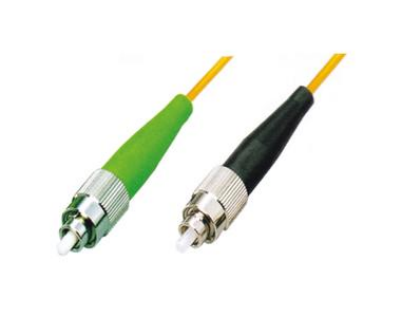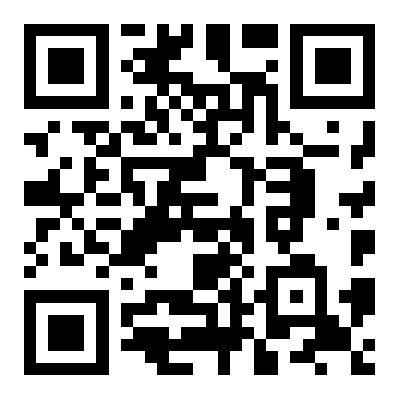Optical fiber connectors can be divided into common single-mode and multi-mode connectors of silicon-based optical fibers, other optical fiber connectors such as plastic, and the other of FC, SC, ST, LC, D4, DIN, MU, MT and so on. Here are some now-common fiber-optic connectors:

FC type fiber optic connector
This kind of connector was first developed by the NTT of Japan. FC is short for Ferrule Connector, indicating that its external reinforcement mode is a metal sleeve, and the fastening mode is a screw buckle. For the earliest, FC type connector, the docking end surface of the ceramic pin was plane contact (FC). This kind of connector is simple in structure, easy to operate and easy to make, but the optical fiber end is more sensitive to the face of micro dust, and it is easy to produce Fresnel reflection, so it is difficult to improve the performance of echo loss. Later, this type of connector was improved, using a spherical pin (PC) on the docking end surface, but the external structure did not change, which made the insertion loss and echo loss performance greatly improved.
SC type fiber optic connector
It is a fiber optic connector developed by NTT in Japan. The shell is rectangular, and the structure size of the pin and coupling sleeve is exactly the same as the FC type. The end surface of the pin is mostly PC or APC grinding; the tightening method is the plug bolt latch without rotation. This kind of connector is low price, convenient to plug and pull operation, low intervention loss fluctuation, high compressive strength and high installation density.
ST and SC interfaces are two types of fiber connectors, usually ST for 10Base-F connections and SC for 100Base-FX. The core of ST connector is exposed, and the core of SC connector is inside the connector.
Double-cone type connector (Biconic Connector).
The most representative product of this type of fiber optic connectors, developed by Bell Laboratory, consists of two finely molded, conical ends and a coupled assembly with a double conical plastic sleeve inside. DIN47256 Type fiber connector This is a connector developed in Germany. The structural size of the pin and coupling sleeve is the same as the FC type, and the end surface treatment is PC grinding. Compared with the FC connector, its structure is more complex. There are pressure control springs in the internal metal structure, which can avoid damage to the end surface due to excessive connection pressure. In addition, the mechanical accuracy of this connector is higher, so the intervention loss value is small.
MT-RJ type connector
MT-RJ starts from the TT connector developed by NTT, with the same latch mechanism as RJ-45 LAN electric connector. For the purpose of facilitating the connection with the optical transceiver, the optical pin of the connector end surface is designed as double-core (0.75mm interval), which is the next generation of high-density optical fiber connector mainly used for data transmission.
LC type connector
The LC connector is developed by the famous Bell (Bell) research institute with a convenient modular jack (RJ) latch mechanism. The size of the pin and sleeve is half of that of ordinary SC and FC, which is 1.25mm. This increases the density of the fiber connectors in the fiber distribution frame. Currently, in terms of single-mode SFF, the LC type of connector has actually occupied the dominant position, in the multi-mode square.
MU type connector
The MU (Miniature unit Coupling) connector is the world's smallest single-core fiber connector developed by NTT based on the most used SC connector. The connector uses a 1.25mm diameter casing and a self-retention mechanism, with the advantage of achieving high-density installation. Using the l.25mm diameter cannula of MU, NTT has developed the MU connector family. They have socket connectors (MU-A series) for cable connections, bottom plate connectors with self-holding mechanism (MU-B series) and simplified sockets (MU-SR series) for connecting LD / PD modules and plugs. With the rapid development of fiber optic network to larger bandwidth and larger capacity and the wide application of DWDM technology, the demand for MU connectors will also grow rapidly.
MC type connector
In 2012, domestic communication companies independently developed a MC connector with smaller volume and higher density than LC connector. Nikhai MC fiber active connector is a high density single core fiber active connector for various high density occasions, such as large capacity center room and high density data center. The MC fiber active connector has a high density, up to twice the LC connector in the same space, which is the smallest and most dense connector in the world.
Else
Fiber optic connector can also refer to the IBM mainframe channel launched by FICON ——FIber Connector1998 along with G5 servers. It is based on the Fibre Channel standard, increasing the transmission rate of the ESCON from half-duplex 17 MB/s to full-duplex 100 MB/s. Each FICON channel can support up to 4,000 I / O operations per second, equivalent to 8 ESCON channels.
Contact: Ms. Serena Shen
Phone: +86 18658259895
E-mail: sales@hwfiber.com
Whatsapp:+86 18658259895
Add: No. 28 Yinfu Road, Danxi Street, Xiangshan County, Ningbo City, Zhejiang
We chat
